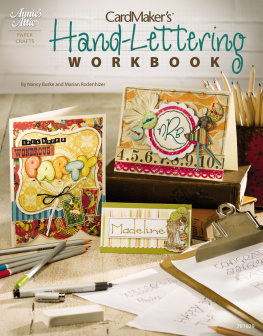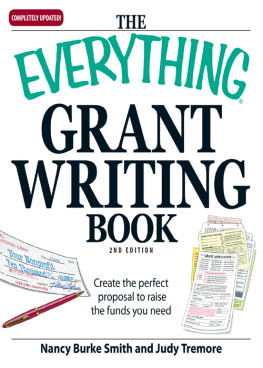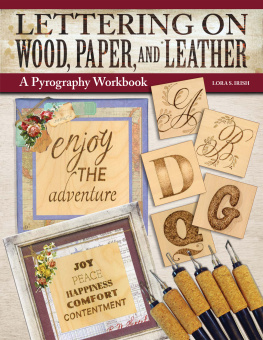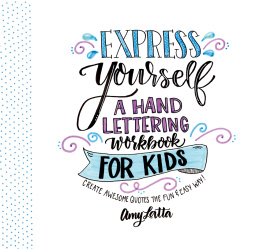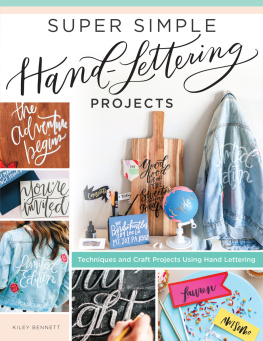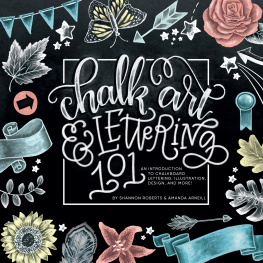
CardMakers Hand-Lettering Workbook
EDITOR Tanya Fox
CREATIVE DIRECTOR Brad Snow
PUBLISHING SERVICES DIRECTOR Brenda Gallmeyer
ASSOCIATE EDITOR Brooke Smith
ASSISTANT ART DIRECTOR Nick Pierce
COPY SUPERVISOR Deborah Morgan
COPY EDITORS Emily Carter, Rebecca Detwiler, Samantha Schneider
TECHNICAL EDITOR Corene Painter
PHOTOGRAPHY SUPERVISOR Tammy Christian
PHOTO STYLISTS Tammy Liechty, Tammy Steiner
PHOTOGRAPHY Matthew Owen
PRODUCTION ARTIST SUPERVISOR Erin Augsburger
GRAPHIC ARTIST Nicole Gage
PRODUCTION ASSISTANTS Marj Morgan, Judy Neuenschwander
CardMakers Hand-Lettering Workbook is published by DRG, 306 East Parr Road, Berne, IN 46711. Printed in USA. Copyright 2011 DRG. All rights reserved. This publication may not be reproduced in part or in whole without written permission from the publisher.
RETAIL STORES: If you would like to carry this pattern book or any other DRG publications, visit DRGwholesale.com.
Every effort has been made to ensure that the instructions in this publication are complete and accurate. We cannot, however, take responsibility for human error, typographical mistakes or variations in individual work. Please visit AnniesCustomerCare.com to check for pattern updates.
CONTENTS

In an age where cellphones, computers and other electronic devices have become the primary means of communication, sending and receiving hand-written notes and letters is sadly becoming a thing of the past. Recent news reports even suggest that penmanship and handwriting curriculums are being eliminated in some school systems. In our fast-paced society, few people haveor takethe time to sit and write letters.
Card makers and paper crafters are among the group of people who remain committed to sending greeting cards and creating memory pages that include the ultimate personal expression of a handwritten note or sentiment. A few penned lines convey the message that the creator of the piece wanted her creation to reflect a bit of herself and cared enough to share that with others. These carefully crafted pieces are held and treasured by those who receive them, the handwriting inside prompting fond recollections of the individual who sent it. In the same way, unfolding a letter from a great-grandmother has a way of bringing her close again.
Expert penmanship is achieved over time and with much practice, but it is an attainable goal. Nancy Burke and Marian Rodenhizer are two individuals who are passionate about hand lettering and love sharing their artful lettering with others.
Nancy believes that anyone who can write can become a lettering artist. Writing is something we learn at an early age, and with just a little practice, each and every one of the 26 letters of the alphabet can become so much more than lettersartwork in and of themselves. Using each of the basic letters as your starting point, and with just a little bit of creative effort, hand lettering can be a way to express thoughts through words in a beautiful way.
Marian, a professional calligrapher, has turned her passion for working with ink and paper into a full-time business of hand lettering invitations for brides and event planners across the country and around the world. Shes expanded her business to include beautifully lettered, hand-bound books and journals as well.
Whether youre an advanced crafter or just venturing into the wonderful world of paper crafts, lovely hand-lettered cards, memory pages and journals are just a few pen strokes away. With easy-to-follow tutorials, eye-catching sample projects to inspire you and lots of room to practice, let CardMakers Hand-Lettering Workbook open up the wonderful world of hand lettering.

By Nancy Burke
For the various lettering styles featured in this book, several tools were essential in achieving the end results. The tools listed below are must haves for any successful hand-lettering style.
Pencils
When setting out to create your own hand lettering on cards and other projects, your pencil will become the most important tool you own. Although it is best to begin with a No. 2 pencil, keep in mind that not all pencils are created equal! A good-quality graphite pencil for tracing is best and can be purchased at any art supply store. Lesser-quality pencils are more easily accessible, but be wary of these dime-a-dozen pencils. A good-quality pencil may cost a little more, but will be well worth it in the end. Be sure to keep any good-quality writing instruments separate from the rest of the familys pencils and tools. Protect your investment!

Another important thing to consider is how easy it is for the pencil lines to be erased. Many pencil manufacturers use additives in their pencil leads for more permanence so that they are less likely to smudge. This is great for keeping notes and making grocery lists, but is not ideal for the lettering artist. When you attempt to erase the lead from these pencils, it may be difficult to remove all visible pencil lines. Test out how easily a pencil can be erased as well as how it writes before using it on a project.
Erasers
Most high-quality pencils do not have an eraser attached to the end. So you will need to purchase a good eraser separately from your pencil. White erasers seem to work best and have no trouble erasing most pencil lines that are written with standard pressure. Long, white erasers that can be reloaded into a pen-style instrument are a good tool to have handy. When you wear down the eraser tip, simply advance the eraser in the cartridge. Other types of erasers that work well are small, white block erasers. Although after several uses, the corners can wear down, leaving you with an eraser ball that may not work for erasing small areas or tight corners.

Colored & Watercolor Pencils
Colored pencils are pencils that contain pigment rather than graphite. Colored pencils that contain water-soluble pigment are referred to as watercolor pencils or simply watercolors. Colored pencils are fun to experiment with and can create a variety of looks to any finished lettering style. Watercolor pencils can be used to lightly color in an area, and then use a paintbrush dipped in water or a water-filled pen to create further shading with a smooth, even appearance.

Pens & Markers
Pens and markers used for hand lettering come in all styles and colors, as well as many different tips, each one creating a different and unique look. Experimenting with these tools can be enjoyable and fun. Different tips include brush, chisel and monoline, as well as tips ranging from ultrafine/fine to bold/wide.
Next page
